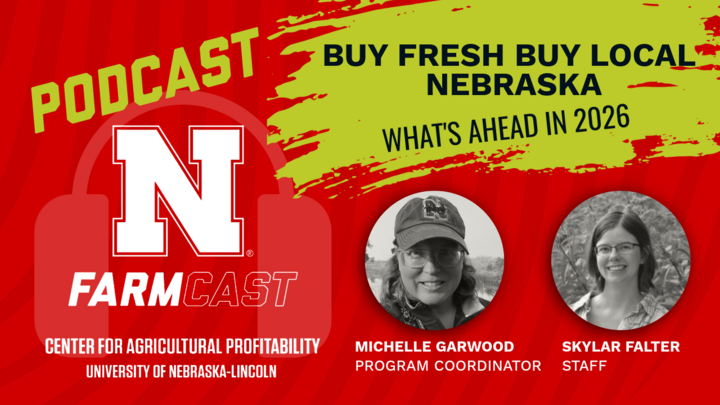For farmers and ranchers, income can vary drastically from one year to the next based on weather, commodity prices, input costs, etc. When financial windfall years occur, one of the questions frequently asked by business owners is, how can tax liability be reduced for this year? Instead of purchasing a new implement for depreciation purposes, perhaps the answer could be contributing to a retirement account, such as a One-Participant 401(k).
Although many farmers and ranchers don’t ever plan on retiring from their operation, having funds invested in a retirement account may be beneficial. Some circumstances may force a person to reduce or eliminate their ability to continue to be involved in their operation. Frankly, Social Security may not be enough for a farmer or rancher to live off if they qualify. Frequently, the drive to lower taxable income leaves many farm families with meager Social Security benefits. Having some funds set aside for retirement is highly recommended by financial professionals.
The primary purpose of a One-Participant 401(k) is saving for retirement, but this retirement account comes with the added benefit of reducing tax liability. There are two ways that these accounts are “tax advantaged.” As a reminder, these plans are only available to operations run primarily by one individual and his/her spouse, with part-time employees who do not work enough to qualify as “full-time” employees (generally 500 hours for three consecutive years).
First, the current year’s tax liability can be reduced by contributing to a One-Participant 401(k). Contributions are made to these plans with pre-tax dollars. Contributing to a retirement account, such as a One-Participant 401(k), is a common “for Adjusted Gross Income” tax deduction. This account allows for larger contributions than other retirement plans because it allows sole proprietors to make contributions as the employee and employer. See our previous article for details.
However, for those who don’t have a significant tax burden, using the Roth option allows for after tax contributions that are not taxed upon distribution after age 59.5. Using both a Traditional as well as a Roth option is often warranted. Contributing to a Traditional 401k option lowers taxable income to reach a lower tax bracket, then contributing the remainder of the annual limit into a Roth 401k bucket.
Second, monies contributed are invested and earn compound interest, unless withdrawn or borrowed. The earnings are not taxed until the funds are withdrawn.
For farmers and ranchers, having investments, like a retirement account can help mitigate risk. Keeping funds in a traditional bank account may not be enough. Often, retirement funds grow at a higher rate than inflation protecting a person’s purchasing power later in life.
It is important if the option of being able to borrow from a One-Participant 401(k) is desired, make sure the plan offers a loan feature and understand the terms and fees that will be involved with borrowing from it. The money can typically be borrowed at the prime interest rate plus 1%, review account details for the exact loan terms. Repayment of the loan must occur within 5 years, and loan payments must be made in substantial, equal payments, and include both principal and interest. An exception to this 5-year limit for loan repayment is if money is borrowed for the purchase of an employee’s primary residence. Loan payments must be paid at least quarterly, and the interest paid on the 401(k) loan is not tax deductible.
If the loan lapses, the unpaid balance must be claimed as income and a 10% early distribution penalty will result if the participant is under age 59.5. Remember, loan repayments are made with after-tax money. Therefore, it is important to crunch the numbers to determine if this strategy is the best option.
A self-directed One-Participant 401(k) usually offers greater investment options than a brokerage-based One-Participant 401(k). When thinking through the option of setting up a One-Participant 401(k) visit with a tax advisor and financial planner who are familiar with the rules and requirements. Explore the different available options and determine which features are most beneficial.
For more information on what a One-Participant 401(k) plan is and some of the options that it gives to farmers and ranchers for retirement savings, please see the article “One-Participant 401(k) as a Tool for Farmers and Ranchers”. The IRS Small Business and Self-Employed Tax Center is also a great resource to access when considering retirement plan options.




